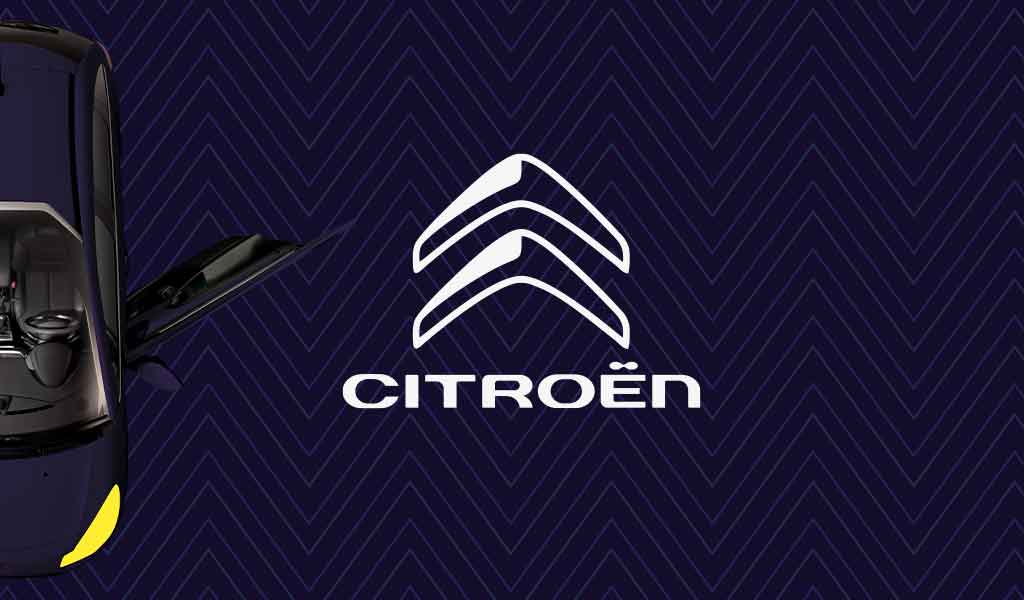Invisible Branding
Enter the unknown or be left behind
Why how a brand sounds will soon be more important than how it looks
ADC Talk, Paris 2017
We are living at a time where technology is advancing much quicker than brands and designers can keep up with. For the first time ever, brands are being forced to react to technological developments, rather than lead or develop in tandem with them. This is because the latest technology is challenging the very notion that brands are primarily visualentities. Instead, we’re being steered towards an exciting yet unchartered territory: invisible brands
Invisible brands
If you start at design school today you learn a visual way of communicating: logos, identities, photography, colour schemes, typography. In the past, we would use these visual means to push brands forward: new visual concepts, changing logos and showing the future in a visual way, like the daring 2012 London Olympics logo did. But technology is now taking us beyond visual brands. For example, brand loyalty is now influenced far more by the experience a brand provides, rather than how it looks. Take Uber for example. Meanwhile, the success of Amazon’s Alexa and Apple's Siri have opened up the world of a purely audio branded experience - which presents some exciting opportunities, as well as daunting challenges, for brands.
brand loyalty is now influenced far more by the experience a brand provides, rather than how it looks
as consumer habits shift away from the screen, audio is becoming more and more important
The opportunities of audio
If you ask Alexa to buy you some water, Alexa will probably get you the brand that Amazon have the best deal with, unless you specify exactly what brand you want. Similarly, with the development of fully automated homes becoming a reality, consumers will have to be pretty brand loyal to ensure that Siri (or whoever your digital assistant is) orders a particular brand of product or choses a particular service provider. In this kind of audio consumer world, how a brand sounds and how it exists and communicates in an audio environment is far more important than how it looks, and it’s through audio that brands can continue to connect to consumers as technology shifts.
Stubb’s BBQ sauce is a fun example of a brand dipping their toe in the world of invisible branding. They’ve developed ‘Ask Stubb’ for Alexa. Once downloaded, consumers can ask Alexa for recipes from the founder, listen to his favourite tunes, get cooking tips and tricks, and importantly order more sauce at any time. It doesn’t take a branding genius to realise the advantage that this gives Stubb’s over competitors who don’t have an audio presence.
Don’t get me wrong, I think brands will always need a visual element. After all, how a product looks once it's arrived in our homes is still crucial. But as consumer habits shift away from the screen, audio is becoming more and more important when it comes to informing consumers’ buying decisions.
The risks
While a world of invisible brands opens up new opportunities to engage with consumers, there are also some potential threats to brands. Whatever digital assistant consumers use to order their shopping or control their home can potentially take big decisions on their behalf, such as chose which energy company they use.
If Nest, or any other smart applications that regulates your thermostat, could talk and say, “I’ve found you a better deal where you can save 10% a month on your bills if you change provider", most people would probably say yes. This ‘cutting out’ of direct communication with the brands in question could happen across all product categories, resulting in a monopoly where a small few brands will take more and more of the consumers’ bandwidth.
Some experts have even proposed that audio technology like Alexa will mark the end of brands. But I believe it could trigger the opposite and open up a whole new way for brands to communicate with consumers, but only if brands start thinking right now how best to exist in the world of invisible brands.
The solution
It’s down to agencies to discover the best ways for individual brands to exist in this new environment. Crucially, we need to start thinking about brands in many more dimensions than we do currently, and do this with an understanding of how technology can connect with consumers beyond visual means. The future lies in working out how to harness, tailor and customise this technology for the benefit of brands. To lead the way where technology is heading, instead of chasing after it.
No clients at this point in time are willing to pay for a logo that is just an identity and some visual applications. Agencies now have to consider all touchpoints, all technologies. At the moment, I don’t think enough of the industry is fully aware of the opportunities that invisible branding can offer. The agencies that can offer a full package completely aligned with the latest advancements in technology, will be the ones that survive.
we need to start thinking about brands in many more dimensions than we do currently
more projects...
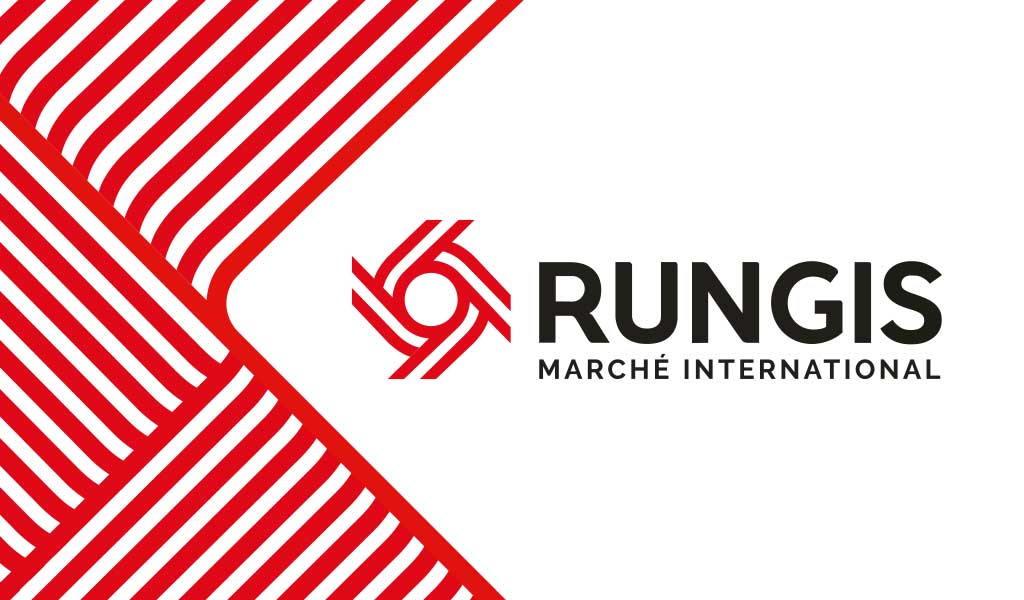
RungisBranding

Honest DesignTalk
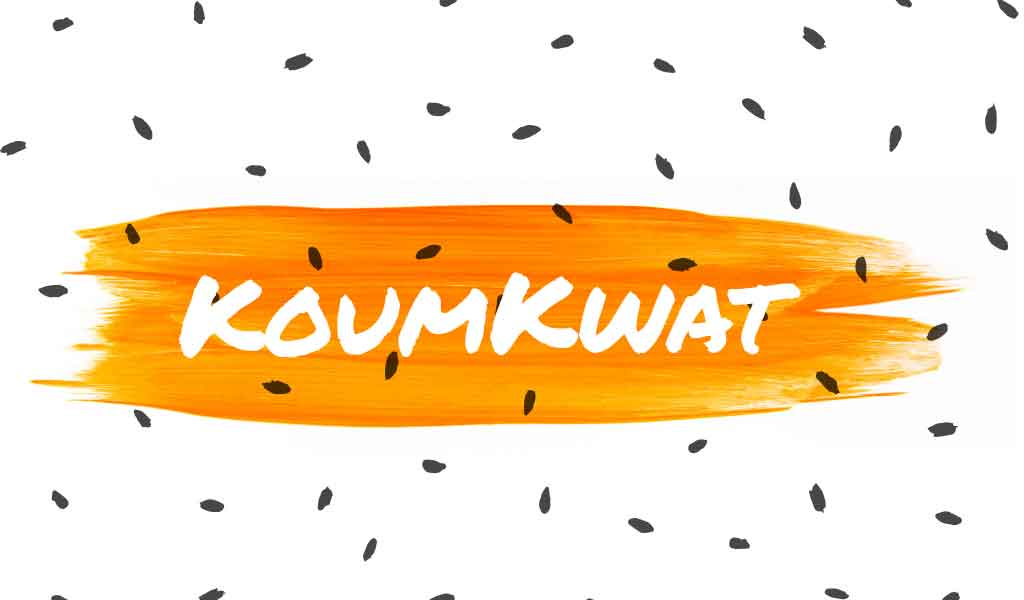
KoumkwatBranding
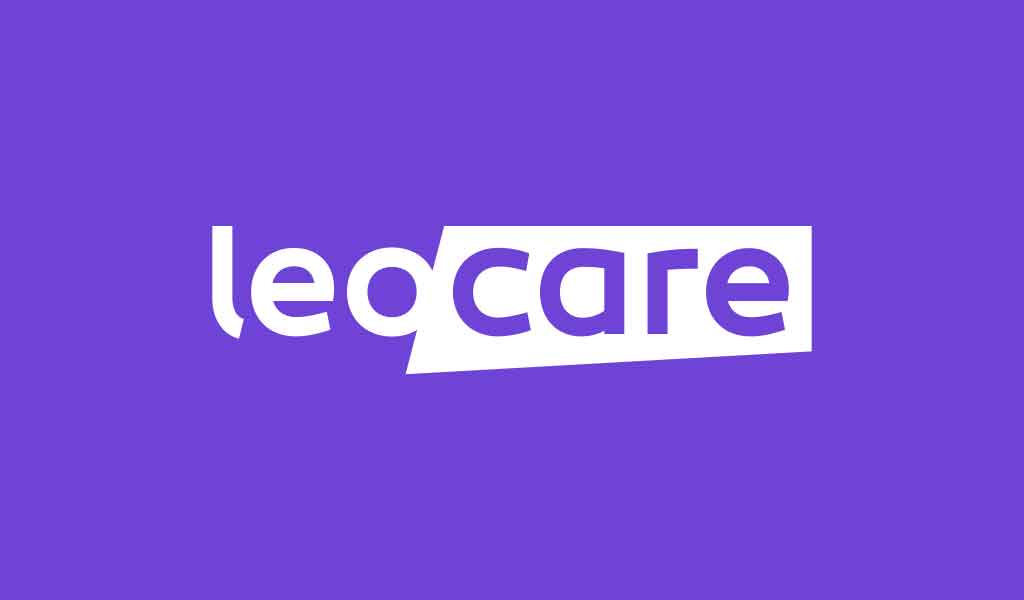
LeocareProject type

Institut Paul BocuseBranding

ElanBranding

Metal Shutter HousesBranding
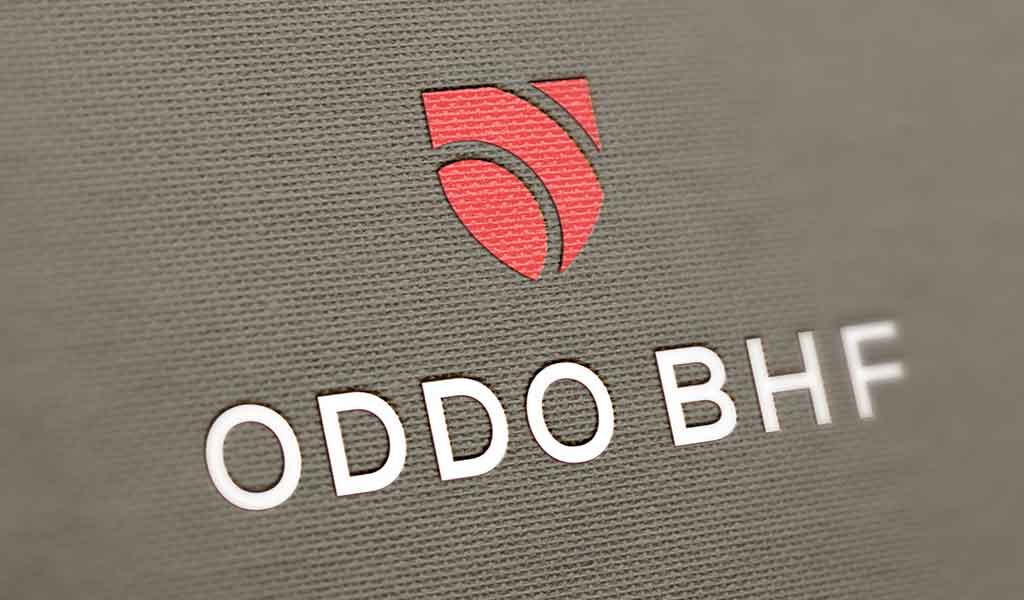
ODDO BHFBranding
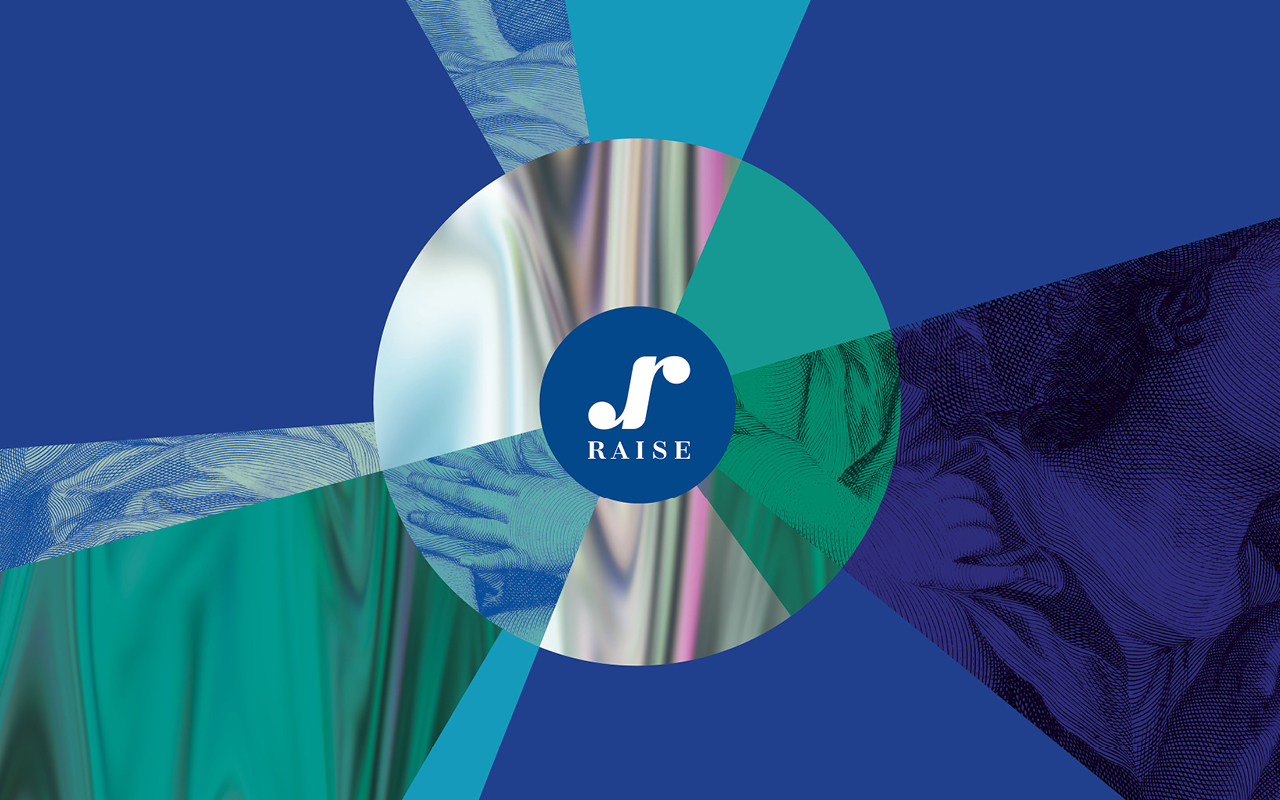
Raise InvestmentBranding
COPYRIGHT 2020 MARTIN ISELT
